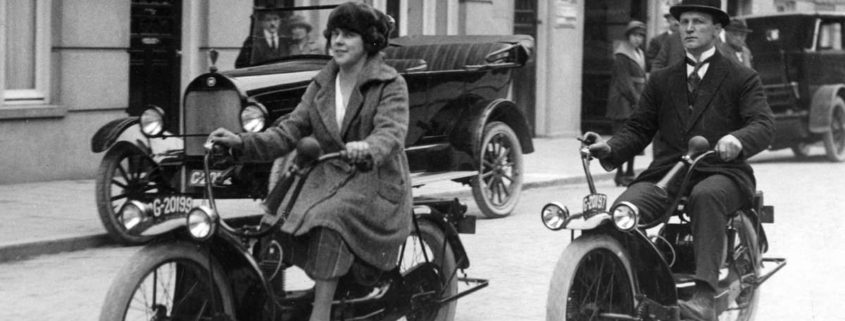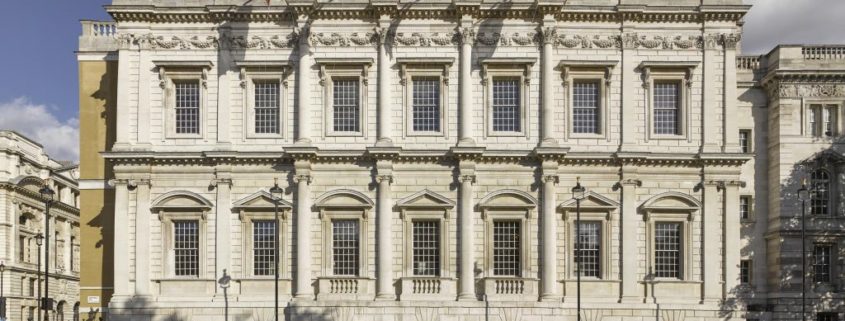Bumper Byzant Magazine Marks 75 Years of The S&DHS
As 2021 ebbs away there is just time to note that The Shaftesbury & District Historical Society was founded 75 years ago in 1946. The first meeting of The S&DHS was held in the Town Hall on 05 June 1946 and the Western Gazette report of the event (unearthed by Rupert Tapper) is reproduced in the current glossy 75th Anniversary Edition of the Society’s Byzant newsletter. Elected to the Committee, but not to one of the offices, was a Mr Noel Teulon Porter. This is consistent with the view of “TP” expressed elsewhere in the Byzant by the late Frank Hopton, as being “unassuming” and preferring “to remain in the background” yet also of “firm opinions.”
TP does write in his preface to Sir Leonard Woolley’s “As I Seem to Remember”, published in 1962, that “I had been instrumental in founding the Shaftesbury and District History Society and Museum in 1946”, and the late Jo Rutter recalls in a piece about the early days of both institutions (in September 2015’s Byzant) that TP “was an inspiration to us all.” So Frank Hopton’s conclusion that TP “is unknown now to most people in Shaftesbury, but the Historical Society and the museum are his legacy and monument” is probably perfectly fair.
TP was born in 1884, moved to Highlands in Great Lane, Shaftesbury, in 1945 and died in 1962. It is therefore almost impossible to find any current Shastonians who remember him. However, Frank Hopton, the History teacher at Shaftesbury Boys’ Grammar School, was approached c.1955 to help excavate earthworks at Sedgehill. “He wanted to excavate the ditch around the site and would I provide VI formers to do the digging in the summer holidays. VI forms were small in the 1950s, but David Roberts volunteered. We cycled down to Sedgehill, spades across the handlebars. We dug all day … finishing about 4pm. David and I pushed our bikes up the hill from Semley. TP passed us with a cheery wave and the one and only find of the day – alas! – a fragment of blue and white China pottery.”
Dave Roberts does indeed remember the day. He was encouraged to go to Exeter University by Mr Hopton, whom he remembers with admiration, and returned to teach Modern Languages at Shaftesbury School. Dave recalls TP as a short. stocky man who habitually wore plus-fours and puttees. He was disabled, with one leg appreciably shorter than the other. This may be why his favoured mode of transport was the Ner-a-Car, a low-slung motorcycle (see the photograph at the top of this Blog). Frank Hopton says that TP “was a familiar figure, riding around the town on his vintage Norton motorbike specially adapted because of his short leg.” The Ner-a-Car was in fact built by Sheffield-Simplex at Kingston-on-Thames, and only between the years 1921-26. So TP’s machine would have been 30 years old by the time he sailed up Semley Hill.

Artefacts accumulated after 1946, mostly by TP, were stored in a small room at the Town Hall until the collection outgrew the available space. “Shaftesbury Town Museum” moved to Gold Hill in 1954, not to the present location but (according to Jo Rutter) to “the old billiard hall next to the Quaker Meeting House.” Jo played a significant role in the purchase of Sun and Moon Cottage and adjoining premises in 1957, which were transformed into Gold Hill Museum by a major redevelopment in 2009-11, part-financed by the Heritage Lottery Fund. In 1954 Colonel Drew’s advice was to “Concentrate on your town and district … your committee and hon. curator should stoutly refuse to accept the odd ostrich egg or boomerang, which are features of less fortunate museums.” The Trustees have done exactly that, while trying to maintain awareness of TP’s contribution by inviting a respected academic to be the annual Teulon Porter Memorial Lecturer. In 2021 it was Professor Tony Badger and in 2022 it will be Dr Amy Frost, Senior Curator at the Bath Preservation Trust.























